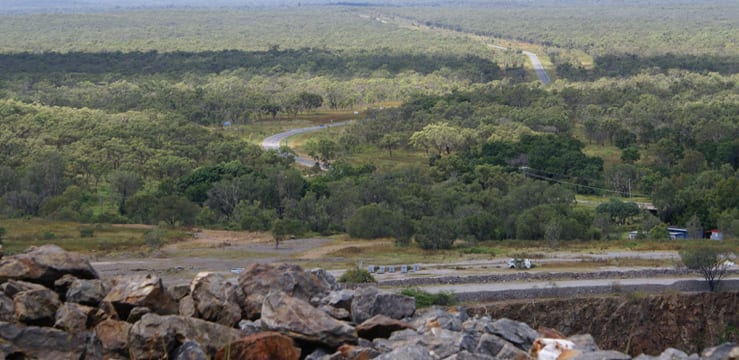Historic Core Reveals High-Grade Structural Zones
A historic resource definition undertaken by Speciality Metals International Limited (ASX:SEI) of high-grade tungsten envelopes at its Mt Carbine project in Queensland has identified over a 1.2km strike length.
Speciality Metals CEO and Snr. Technical Advisor, Kevin MacNeill, said that based on the total of 154 intercepts from the 43 historical drill holes, the company is evaluating the underground development potential for a narrow high-grade mine to extract ‘King-Vein’ style mineralisation which is defined using a minimum mining width and grade of 2m>0.2% WO.
Mr MacNeill said this allows for less dilution when compared to the previously defined sub-level caving methodology proposed by historical owners in 1985 for which a 430m decline was constructed at the time.
Upon relogging the historical core and the assaying of certain sections for reinterpretation, it has been revealed that most of the mineralisation is contained in these high-grade veins, leading to the potential of a much higher- grade resource enclosed in less tonnage.
“These latest results have expanded our understanding of an economically viable underground project at Mt Carbine,” Mr MacNeill said.
“What has always been of interest was the historical miner’s ability to produce significant quantities of tungsten by mining these high-grade veins. The veins have now been traced through the deposit within the Dyke West extension and provide us with an alternative mining concept currently under review.
“The mining of such high-grade veins, in combination with the already existing processing infrastructure, has the potential to make Speciality Metals a world class and low-cost tungsten producer.”
For the purpose of this investigation, the ore body was divided into two zones called the ‘Main Pit’ and ‘Dyke West’ reflecting their respective locations relative to the underground location of the historical open pit: the Main Pit Zone is situated beneath the historical pit, while the Dyke West Zone is located in the unmined area extending west of the pit.
Both zones show high-grade intervals, extending for 750m and 450m strike length, respectively. Each zone contains multiple veins and reflect the current opinion that the mineralisation occurs in 0.1-3.0m wide ‘King-Veins’ which are interpreted as the last liquid phase event of mineralisation at Mt Carbine in comparison to an earlier more pervasive gaseous event that distributed a lower grade mineralisation over a wider area.
By relogging the historical core, the company has identified the corridors that belong to these intercepts. More than 30 veins have been identified in the core and old workings in this review area alone, including the five (5) major veins named in the section below. These names reflect the historical miners’ names for the major lodes mined to 60m depth during the period from 1890 to 1940. The anticipated next steps will see the submission of the Facility Document to the Department of Natural Resources, Mines & Energy to allow the Company to re-enter the historical decline. Evaluation of the decline would the take place along with sampling underground.












